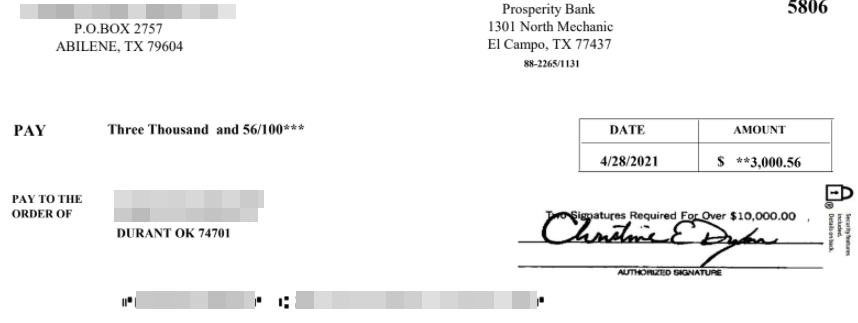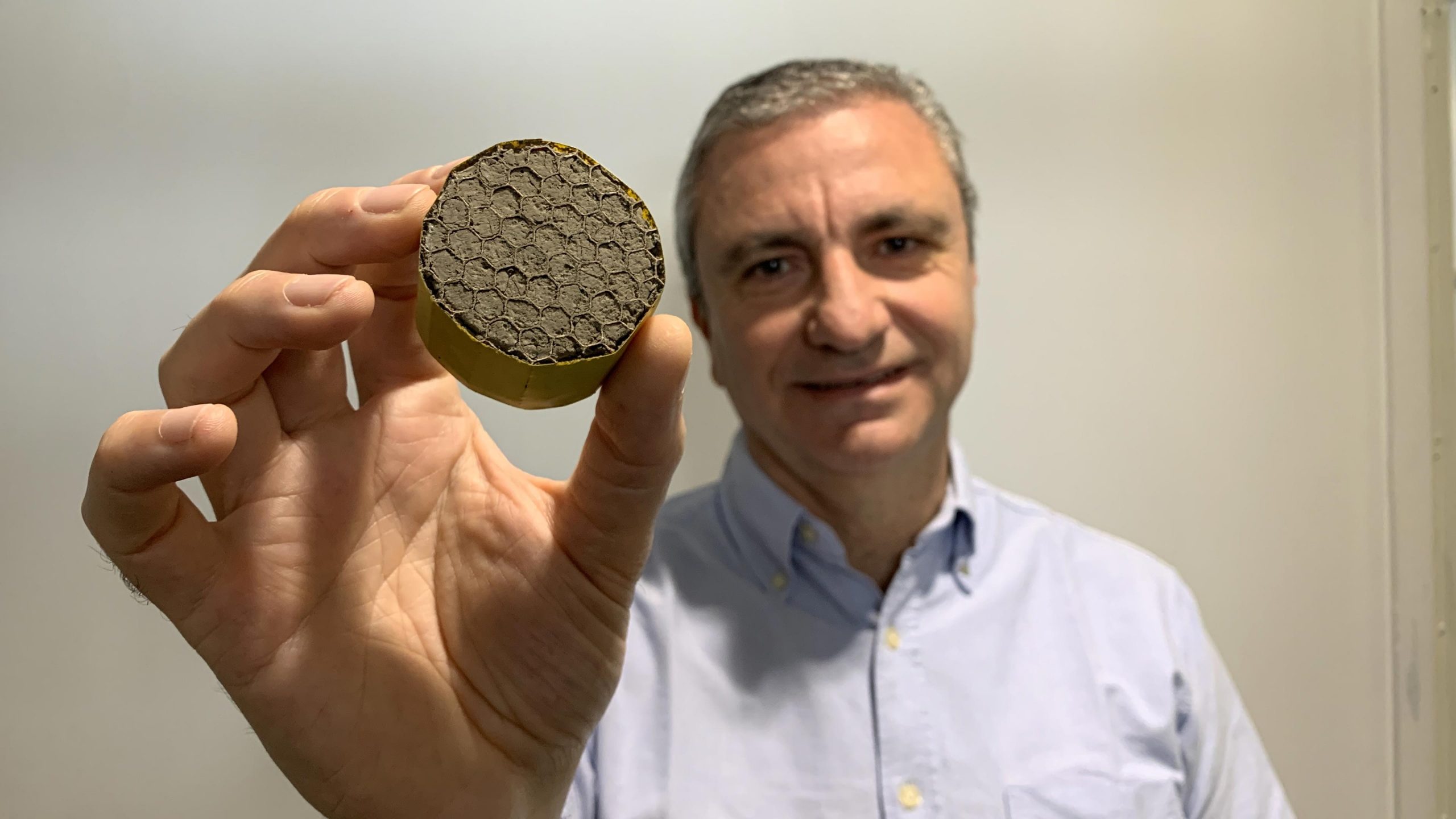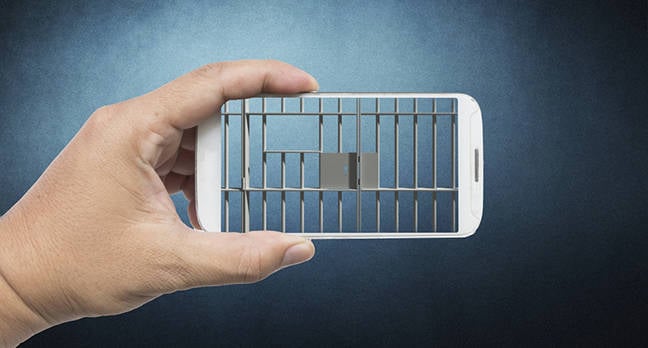
Bath curse tablets - Wikipedia
The Bath curse tablets are a collection of about 130 Roman era curse tablets (or defixiones in Latin) discovered in 1979/1980 in the English city of Bath. The tablets were requests for intervention of the goddess Sulis Minerva in the return of stolen goods and to curse the perpetrators of the thefts. Inscribed mostly in British Latin, they have been used to attest to the everyday spoken vernacular of the Romano-British population of the second to fourth centuries AD. They have also been recognised by UNESCO in its Memory of the World UK Register.
The Roman baths and temple dedicated to the goddess Sulis Minerva in the English city of Bath (founded by the Romans as Aquae Sulis) were excavated between 1978 and 1983 by a team led by Barry Cunliffe and Peter Davenport.[1] In 1979/1980, around 130 tablets were discovered in an excavation of the "Sacred Spring" under the King's Bath.[2] This excavation was made possible by the removal of the concrete floor and walls, revealing a huge array of Roman era items including the tablets.[3] The findings at the spring highlight what Sulis Minerva meant to the people here.[4]
The tablets, some in a fragmentary state,[5] were small and rectangular and initially were assumed to be made of lead, although subsequent metallurgical analysis revealed that they are, in fact, made of lead alloyed with tin, with occasional traces of copper.[6] Some of the tablets were cast under pressure into thin, flexible sheets with a finish as smooth as paper whereas others appear to have been roughly hammered out from a molten lump.[7] Most of the tablets were inscribed, either with Roman capitals or with cursive script, but the expertise of the lettering varied.[7] Some of the tablets had markings that appear to be an illiterate imitation of lettering, for example repetitive lines of crosses or sevens, and some were completely blank.[8]





















